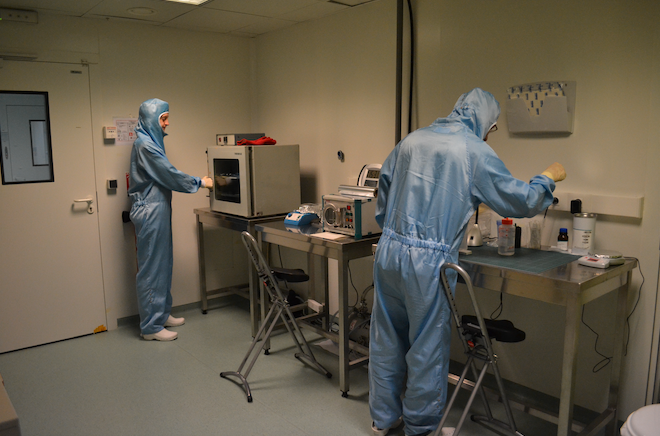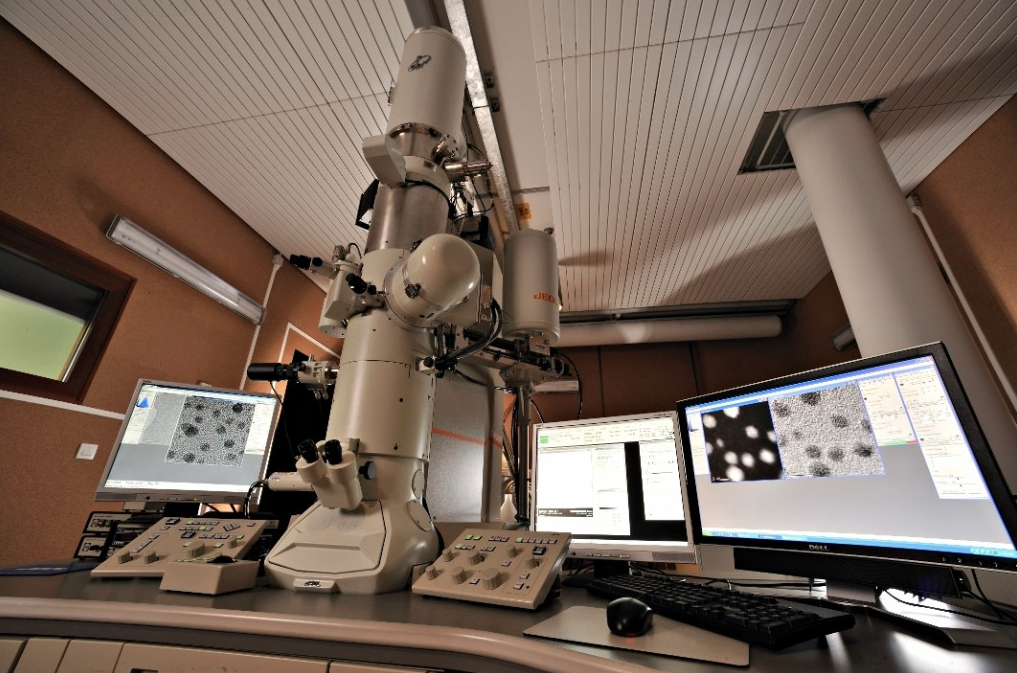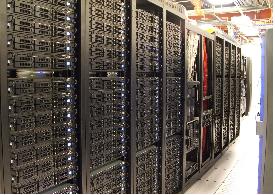Main topics:
Controlling Light-Matter interactions in Nanostructures
Among the ultimate frontiers of science there is the behavior of matter at the nanoscale (10-9 m) and at ultrashort times (10-15 s). At these extremes, matter reveals new phenomena which are interesting not only from a fundamental point of view but also because they meet our actual societal needs in information and communication. In this project the partners explore the fundamental physical properties of a variety of condensed phase nano-structures with femtosecond and attosecond temporal resolution and at a spatial scale below the diffraction limit of light. Some topics currently studied are the following:
- Ultra-fast magnetization dynamics in nanostructures studied with femtosecond optical pulses.
- Coupling between confined optical modes and nanostructured materials or molecules.
- Coherent electronic processes in quantum nanostructures.
- Development of new materials for photonics.

The four main research directions related to light-matter interactions in nanostructures
Manipulating and controlling spins: from molecules to nanostructures
The aim of this research axis is to tackle fundamental issues relevant to spintronics, benefitting from the synergy between physicists and chemists. The main challenge is the control and understanding of electronic properties at the nanoscale, where single atoms, interfaces or defects govern the spin-dependent properties. Among other subjects we are interested in the coupling between spin-polarized currents and spin waves or to design molecular switches from molecular electronics devices.
The emphasis is also put on the material design and the development of experimental and theoretical studies of hybrid organic/inorganic nanostructures.
- Spin transport through organic spacers: from single molecules to devices
- From multiferroics to multi-functional systems
- New effects and materials (ex. Langmuir Blodgett assemblies of nanostructures)

LbL-assembly allows to easily embed nanoparticle layers in multilayer films and to control their architecture
Research Platforms:
Femto and Attosecond Lasers Platform
Studies of ultrafast dynamical processes in metallic and semiconductor nanostructures or biological systems are key research activities in the department of ultrafast optics and nanophotonics (DON). Several up to date femtosecond laser sources are used in our department to perform time resolved spectroscopy experiments over a broad spectral range from UV to IR and terahertz as well as soft X rays. The temporal resolutions are currently covering a wide temporal range, from a few femtoseconds to nanoseconds, while an attosecond beam line is being developed. We also realize time resolved experiments at the limit of the light diffraction using several optical microscopy configurations.
Attosecond laser at IPCMS for ultrafast magnetization dynamics
Strasbourg Nanotechnology Platform: STnano
STnano platform is member of the National Network of Nanotechnology facilities. The platform has a dedicated 180 m2 ISO class 6 cleanroom area, including several ISO class 5 workspaces. A laboratory dedicated to electron beam lithography completes the platform. The cleanroom is temperature and humidity controlled to 20C, 45% RH. The platform has currently all the necessary equipment for basic processes for the nanofabrication of devices down to several tens of nanometers. STnano trains more than 30 users annually. Aims of STnano are:
- basic or advanced training to nanofabrication processes
- give access to state of art equipment
- fostering partnerships with industry and research centers

The STnano microfluidic lab equipped to realize PDMS replica on SU-8 mold
Electron Microscopy Platform
The electron microscopy platform carries out independent research as well as service work for other groups. The platform is part of the national electron microscopy network METSA and open for external users from universities, research institutions, and industry. Two transmission electron microscopes and one scanning electron microscope are available.

Transmission electron microscopes (JEOL 2100F)
High Performance Computing Platform
In 2008, a computing hub involving the IPCMS, the Charles Sadron Institute and the European School of Chemistry Polymers and Materials was created at the Cronenbourg campus. The main objective was to propose to the community successful solutions of nearness calculations. This would help in completing the resources already in place in the various laboratories and optimising the use of the computers of the national centers.

It now consists of a cluster HPC (High Performance Computing) of 896 Cores, with network architecture optimized for massively parallel calculations and a shared storage system with 20 TBit capacity. Targeted applications are parallel type, relating to nanoscience with codes like CPMD, CP2K, VASP, SIESTA, Smeagol, FLOWERS, GROMMACS, LAMMPS, CASTEM. More

